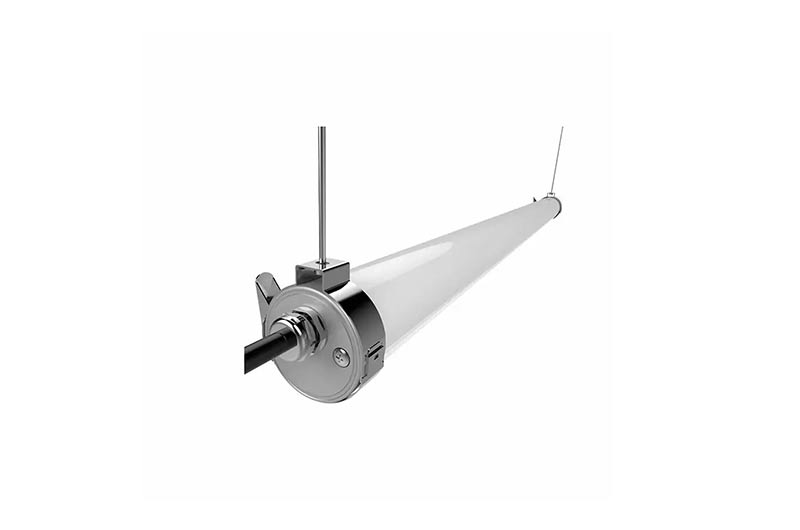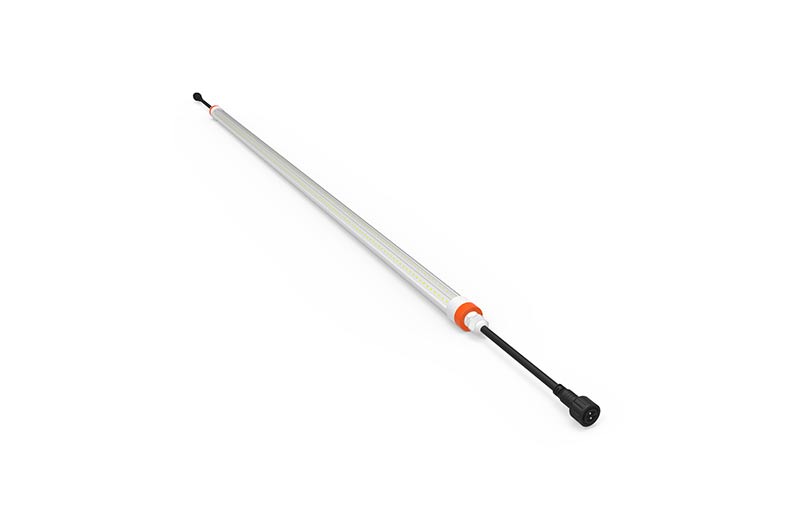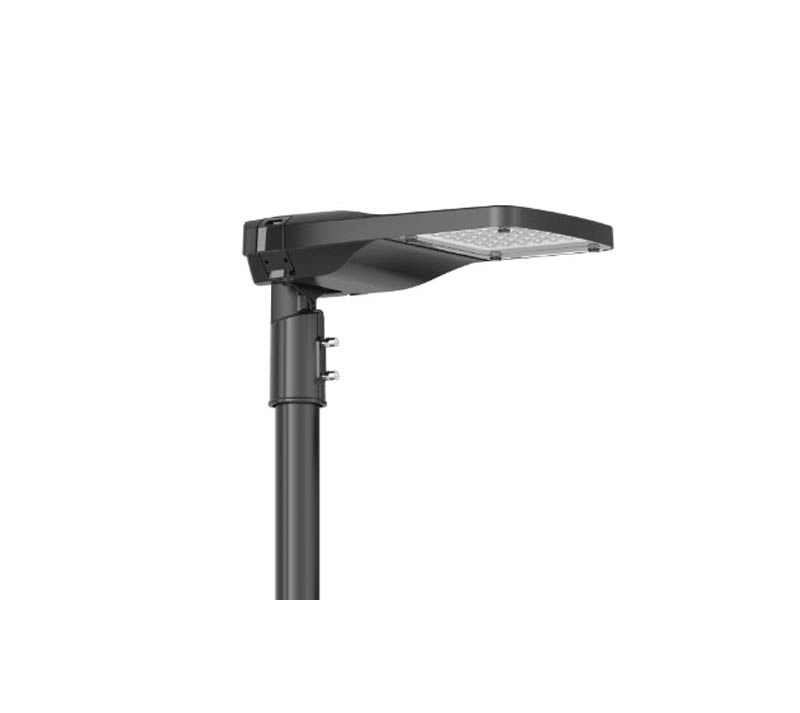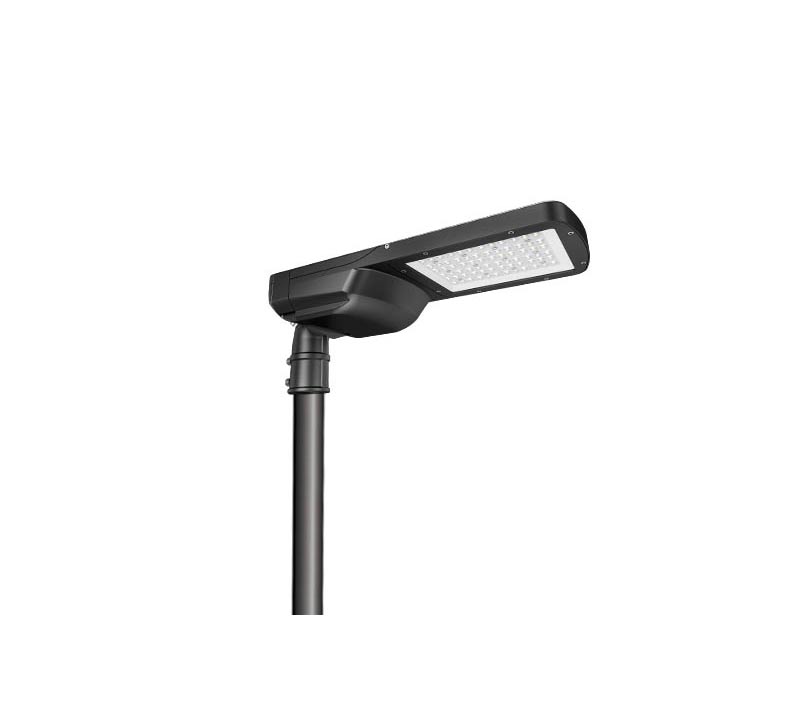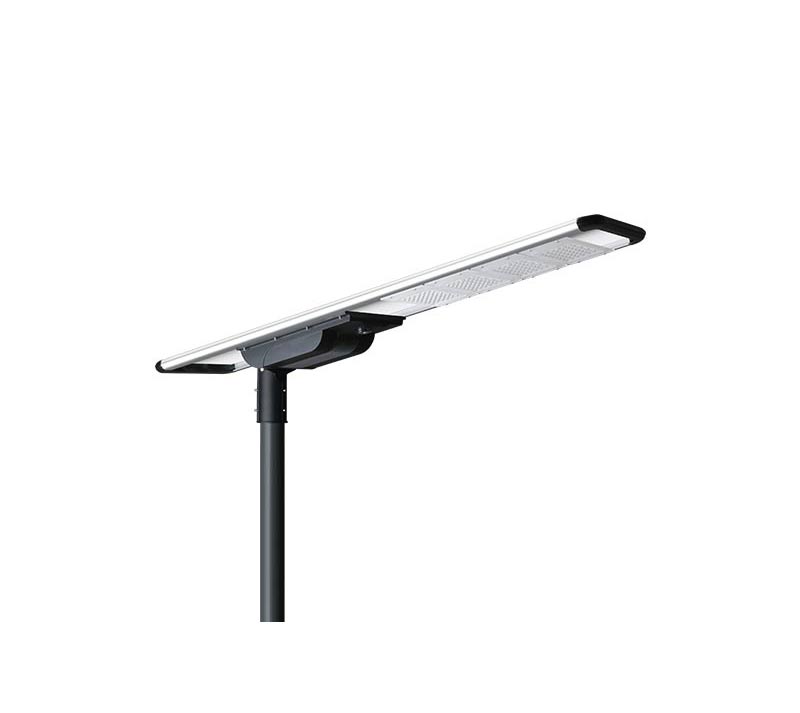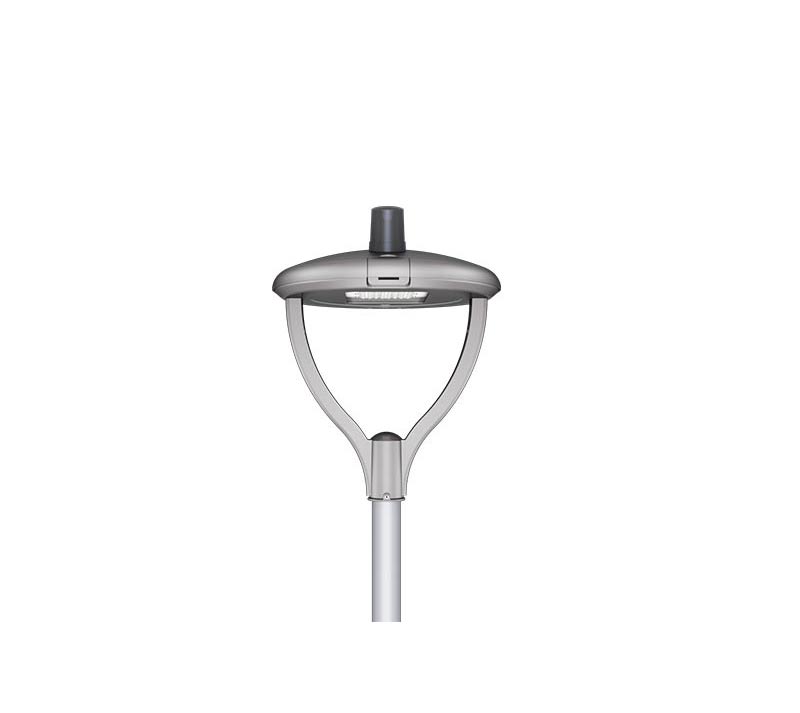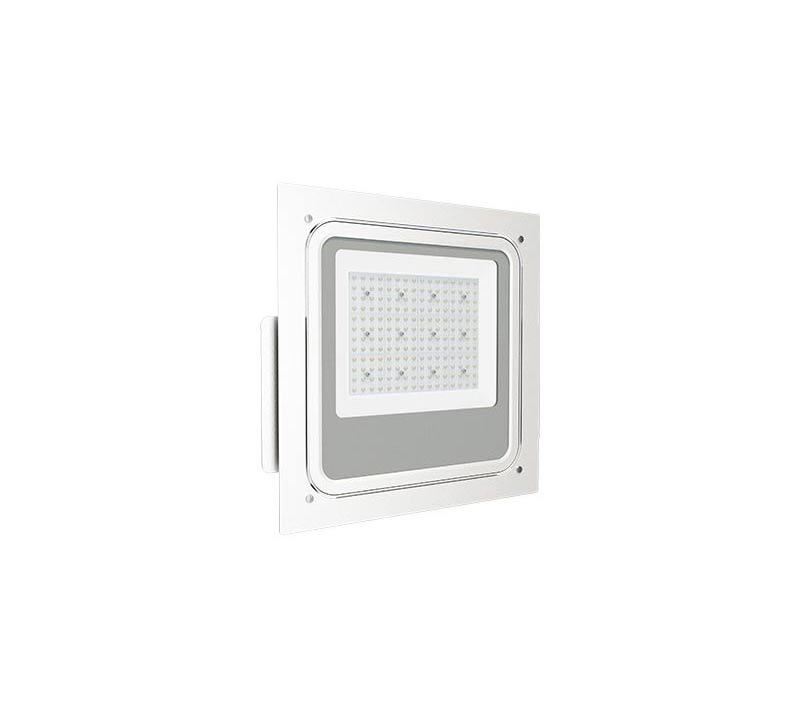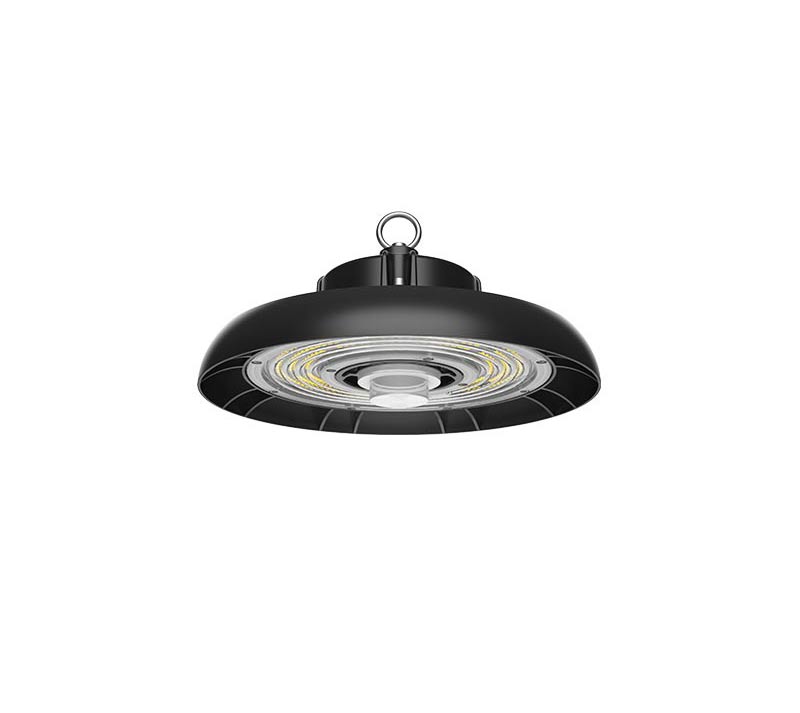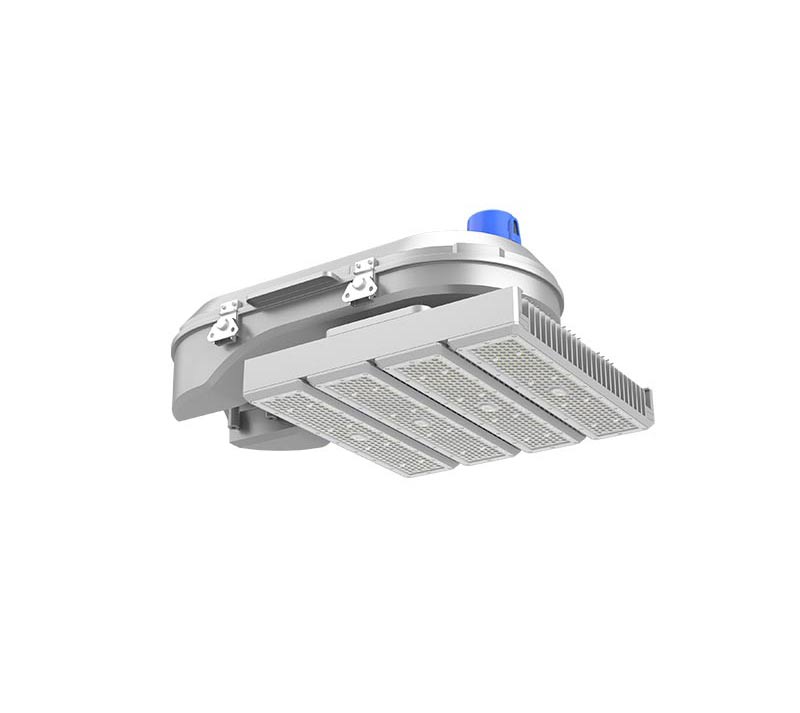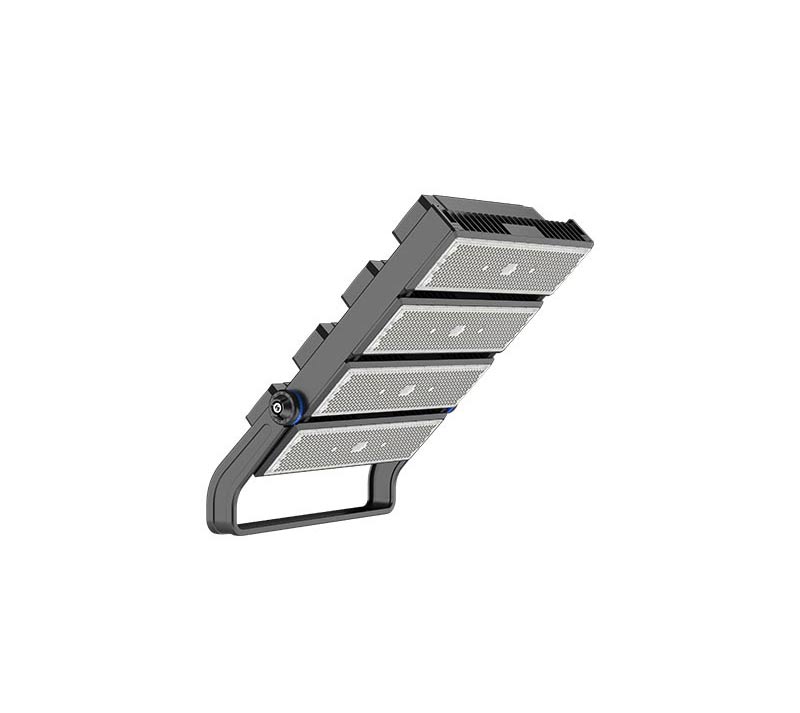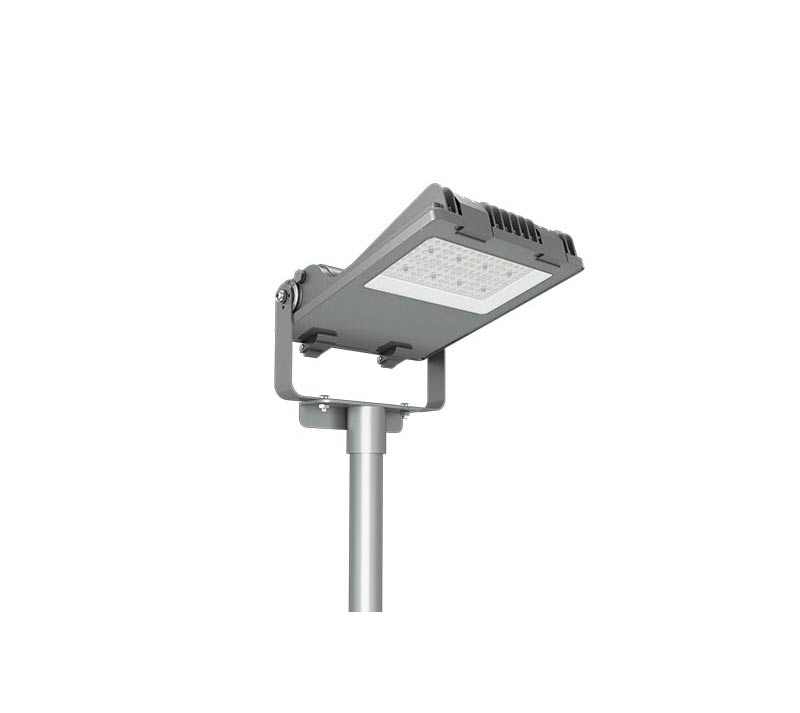Poultry Lighting
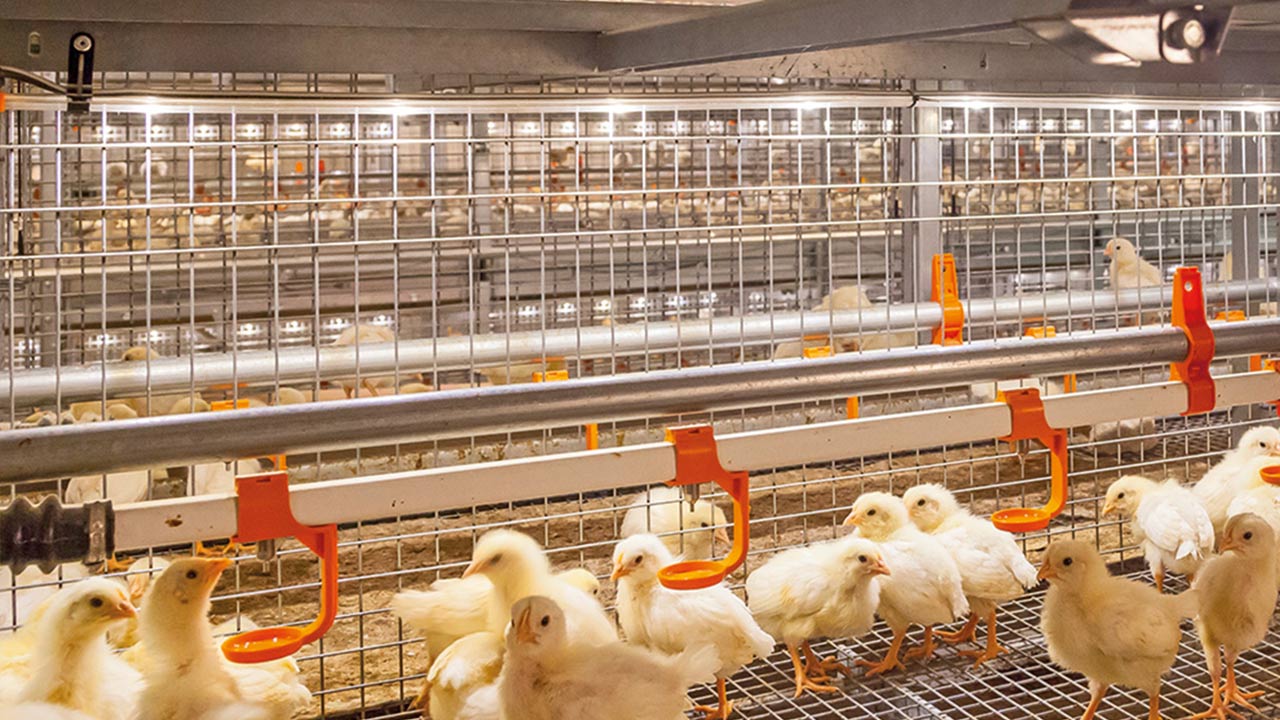
Proper lighting is a key element in the commercial production of layers and broilers. Global demand for food is expected to double by 2030. To address this challenge, chicken producers are adopting new strategies to reduce costs, increase production, and reduce environmental burdens. Generally, the focus is on improving traditional inputs such as water, air, nutrition and shelter, but the importance of lighting cannot be ignored.
Light is an important part of an animal’s living environment. Birds respond to light in a variety of ways, affecting their growth and reproductive performance. It has been recognized for many years that the reproductive performance of poultry and livestock can be stimulated by adjusting the lighting of their animals, and this method has been widely used by commercial poultry producers and farmers.
Despite this, many poultry producers still use outdated residential and commercial incandescent lights in their chicken houses. This type of lamp is not the best lighting option for poultry. In fact, the light emitted by incandescent lamps is very different from sunlight, and light suitable for humans may not necessarily be suitable for animals.
Animals live under sunlight in their natural environment, and its spectrum is significantly different from that emitted by incandescent lights. Sunlight contains all colors of light. Modern farm lighting systems should strive to simulate the spectrum of sunlight.
LED lights are the most efficient and environmentally friendly agricultural lighting option, producing white light by mixing blue LEDs with red and green phosphors. Furthermore, its spectrum is nearly continuous. Although the LED spectrum is not exactly the same as sunlight, it provides a spectrum that is very close to sunlight. LED lights have the longest life, are durable, not susceptible to shock or vibration, and have the ability to adjust color shift and color intensity. Although the initial investment cost of LED lights is higher, these costs can be quickly recovered through energy savings.
By adopting LED lighting systems and taking into account the specific spectral needs of poultry, farmers can reduce stress and mortality in animals and adjust their circadian rhythms to significantly increase egg, meat and other protein production while significantly reducing energy consumption and other inputs cost.

